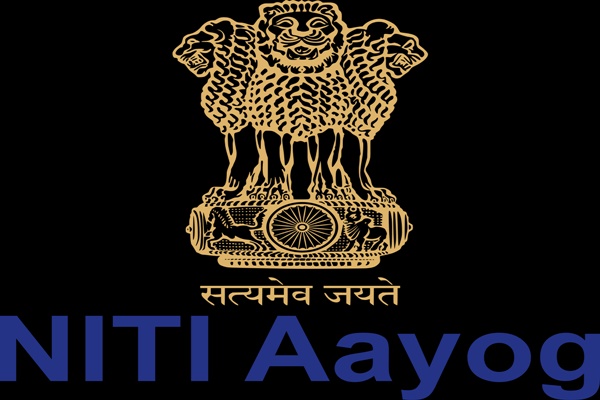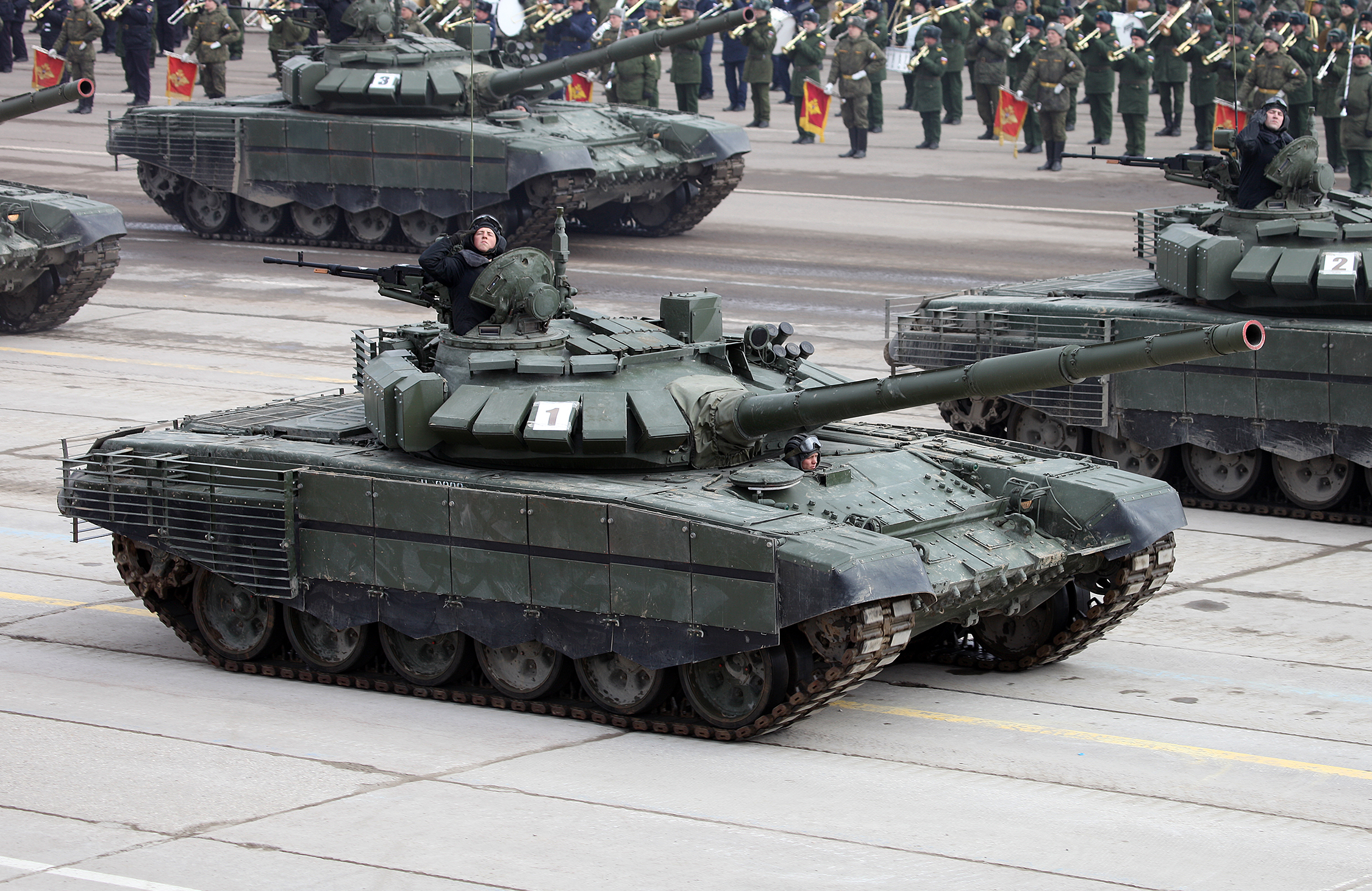Colossal A23a Iceberg
- 08 Mar 2025
In News:
The colossal iceberg A23a -- which is more than twice the size of Greater London and weighs nearly one trillion tonnes -- has been drifting north from Antarctica towards South Georgia island since 2020.
What is A23a?
A23a is currently the world’s largest iceberg, covering an area of approximately 3,672 sq. km—more than twice the size of Greater London—and weighing nearly one trillion tonnes. It calved from the Filchner Ice Shelf (Antarctica) in 1986 and remained grounded in the Weddell Sea for over 30 years before breaking free in 2020 and drifting northward.
Current Status:
As of March 2025, A23a appears to have run aground about 70–73 km from South Georgia Island in the South Atlantic Ocean. This grounding may spare the island’s rich wildlife, particularly penguins and seals, from disruption in feeding routes and breeding patterns.
Ecological Implications:
- If it had drifted closer, it could have blocked access to feeding grounds, leading to increased mortality of chicks and pups.
- In its current position, nutrients released by its melting and grounding may enhance marine food availability, supporting the local ecosystem.
- This comes as a relief after a difficult season caused by an avian flu outbreak among local wildlife.
Geopolitical Context:
- South Georgia Island is a British Overseas Territory administered by the UK but also claimed by Argentina.
- There is no permanent human population on the island, minimizing direct human impact.
Iceberg Dynamics & Climate Change Link:
- Icebergs such as A23a are natural parts of the Antarctic ice sheet lifecycle, calving from glaciers or ice shelves.
- They are made of freshwater ice, with around 90% submerged below the surface.
- While large icebergs are not new, the rate of calving and ice loss has accelerated, with Antarctic ice shelves losing ~6,000 billion tonnes of mass since 2000.
- Scientists warn that a global temperature rise of 1.5–2°C above pre-industrial levels may trigger irreversible melting, potentially causing sea-level rise of several metres.
Navigation and Fishing Impact:
- The iceberg currently poses no danger to shipping due to its visibility and size.
- However, as it breaks into smaller fragments (bergy bits), it may pose navigation hazards and force commercial fishing vessels to avoid the area.
Colossal A23a Iceberg
- 08 Mar 2025
In News:
The colossal iceberg A23a -- which is more than twice the size of Greater London and weighs nearly one trillion tonnes -- has been drifting north from Antarctica towards South Georgia island since 2020.
What is A23a?
A23a is currently the world’s largest iceberg, covering an area of approximately 3,672 sq. km—more than twice the size of Greater London—and weighing nearly one trillion tonnes. It calved from the Filchner Ice Shelf (Antarctica) in 1986 and remained grounded in the Weddell Sea for over 30 years before breaking free in 2020 and drifting northward.
Current Status:
As of March 2025, A23a appears to have run aground about 70–73 km from South Georgia Island in the South Atlantic Ocean. This grounding may spare the island’s rich wildlife, particularly penguins and seals, from disruption in feeding routes and breeding patterns.
Ecological Implications:
- If it had drifted closer, it could have blocked access to feeding grounds, leading to increased mortality of chicks and pups.
- In its current position, nutrients released by its melting and grounding may enhance marine food availability, supporting the local ecosystem.
- This comes as a relief after a difficult season caused by an avian flu outbreak among local wildlife.
Geopolitical Context:
- South Georgia Island is a British Overseas Territory administered by the UK but also claimed by Argentina.
- There is no permanent human population on the island, minimizing direct human impact.
Iceberg Dynamics & Climate Change Link:
- Icebergs such as A23a are natural parts of the Antarctic ice sheet lifecycle, calving from glaciers or ice shelves.
- They are made of freshwater ice, with around 90% submerged below the surface.
- While large icebergs are not new, the rate of calving and ice loss has accelerated, with Antarctic ice shelves losing ~6,000 billion tonnes of mass since 2000.
- Scientists warn that a global temperature rise of 1.5–2°C above pre-industrial levels may trigger irreversible melting, potentially causing sea-level rise of several metres.
Navigation and Fishing Impact:
- The iceberg currently poses no danger to shipping due to its visibility and size.
- However, as it breaks into smaller fragments (bergy bits), it may pose navigation hazards and force commercial fishing vessels to avoid the area.
Carbon Intensity

- 08 Mar 2025
What is Carbon Intensity?
Carbon intensity refers to the amount of carbon dioxide (CO?) emitted per unit of output in a particular sector or economy. It integrates environmental accountability into performance metrics across industries and nations.
- Sectoral Carbon Intensity: For example, in the steel sector, it is measured as tonnes of steel produced per tonne of CO? emitted.
- National Carbon Intensity: At the country level, it is calculated by dividing GDP per capita by CO? emissions, offering insights into how efficiently a nation grows economically while managing emissions.
Why is Carbon Intensity Important?
- It allows for the tracking of emissions relative to economic or production output, highlighting whether growth is becoming cleaner over time.
- It enables comparison across sectors and geographies by normalizing emissions data.
Relevance for India and Global Commitments:
- Under the Paris Agreement (2015), India has committed to reducing the emissions intensity of its GDP by 45% by 2030 from 2005 levels.
- Monitoring carbon intensity helps India evaluate progress toward this Nationally Determined Contribution (NDC) goal while ensuring sustainable development.
Global Context:
- China recently reported a 3.4% reduction in carbon intensity in 2024, although it fell short of its 3.9% target.
- Such data underscores the challenge of balancing economic growth with climate responsibility, especially for large emitters.
Quantum Computing

- 08 Mar 2025
In News:
NITI Ayog releases strategic paper on implication of quantum computing on national security.
What is Quantum Computing?
Quantum computing utilizes quantum bits (qubits), which leverage the principles of superposition and entanglement, enabling them to exist in multiple states simultaneously. Unlike classical bits (0 or 1), qubits can perform parallel computations, exponentially increasing processing power.
Global Landscape and India's Position
- Global Investments: Over $40 billion invested by 30+ nations.
- China: $15 billion (leader)
- USA and EU: Close followers
- India: Launched the National Quantum Mission (NQM) in 2023 with a budget of ?6,003 crore (~USD 750 million) to boost indigenous capabilities in computing, cryptography, communication, and sensing.
National Quantum Mission (NQM): Key Highlights
- Timeframe: 2023–2031
- Quantum Computers: Build systems with 50–1000 physical qubits using superconducting, photonic, and other platforms
- Secure Communication: Satellite-based secure quantum links over 2000 km within India and long-distance secure communication with other nations
- Quantum Sensing & Metrology: Development of precision navigation tools like atomic clocks and magnetometers
- Thematic Hubs (T-Hubs): To be established in premier R&D institutes in four domains:
- Quantum Computing
- Quantum Communication
- Quantum Sensing & Metrology
- Quantum Materials & Devices
Quantum Technology in Defence& National Security
- Cybersecurity
- Existing encryption standards will become obsolete.
- Urgent need for Post-Quantum Cryptography (PQC) to protect critical digital infrastructure.
- Signals Intelligence (SIGINT) & Espionage
- Quantum computers can decrypt communications at scale, risking exposure of classified diplomatic and military data.
- Enables real-time data processing for advanced surveillance.
- Military Applications
- Quantum materials improve stealth detection and weapon precision.
- Enhances autonomous weapons and navigation in GPS-denied environments.
- Logistics & Planning: Quantum AI can optimize defence logistics, battlefield resource allocation, and strategic decision-making.
- Economic Security: Quantum computing can protect or exploit vulnerabilities in financial systems, posing potential risks to economic stability.
Challenges for India
- Funding Gap: India’s allocation is modest compared to global peers.
- Hardware Dependence: Relies on imports for cryogenic systems, high-purity materials, and specialized lasers.
- Limited Industry Participation: India's ecosystem is academia-driven, with limited private sector engagement.
- Cybersecurity Risk: Legacy systems vulnerable to quantum attacks.
- Talent Shortage: Lack of trained quantum scientists and engineers.
- Geopolitical Race: Export restrictions by advanced countries can limit India’s access to key technologies.
Recent Advances in Quantum Technology
- Atom Computing/ColdQuanta: Improved qubit coherence for stable computations.
- IBM/Quantinuum: Enhanced qubit control and error reduction.
- Google Willow Chip: Introduced self-correcting qubit system.
- Microsoft Majorana-1: Developed topological qubits to improve fault tolerance.
Recommendations by NITI Aayog
- Policy & Preparedness:
- Form a National Quantum Task Force to monitor global trends and threats.
- Develop an Early Warning System for quantum vulnerabilities.
- Implement a PQC Transition Plan across critical sectors.
- R&D & Startups:
- Increase funding to scale quantum startups and indigenous hardware.
- Promote public-private partnerships to commercialize academic research.
- Supply Chain Development:Invest in domestic manufacturing for quantum components like chips and lasers.
- Global Engagements:
- Strengthen partnerships with the US, EU, and Japan.
- Advocate for easing export controls to access vital technologies.
T-72 Tanks

- 08 Mar 2025
In News:
India has signed a $248 million contract with Russia’s Rosoboronexport for the procurement of 1,000 horsepower (HP) engines to upgrade its fleet of T-72 main battle tanks (MBTs). This marks a significant step in enhancing the Indian Army's offensive and mobility capabilities.
Key Features of the Deal
- Engines to replace existing 780 HP ones in T-72 tanks.
- Delivered in fully formed, completely knocked down (CKD), and semi-knocked down (SKD) formats.
- Includes Transfer of Technology (ToT) to Armoured Vehicles Nigam Limited (AVNL) at the Heavy Vehicles Factory, Avadi (Chennai).
- Boosts the ‘Make in India’ initiative in the defence sector through local assembly and licensed production.
About T-72 Tanks
- Origin: Developed by the Soviet Union in the 1970s; designed by Uralvagonzavod.
- India’s Usage: Operates over 2,400 units, making it the backbone of India’s armored forces.
- Manufacturing in India: Locally produced and upgraded at the Heavy Vehicles Factory, Avadi.
Specifications
- Armament:
- 125 mm smoothbore main gun
- 7.62 mm coaxial machine gun
- 12.7 mm anti-aircraft machine gun
- Mobility: With new 1,000 HP engines, improves maneuverability and combat speed.
- Protection: Equipped with composite and reactive armour.
- Night Capability: Advanced thermal imaging systems.
- Operational Range:
- ~460 km on-road
- ~300 km off-road (with auxiliary fuel)
Strategic Significance
- Combat Readiness: Enhances battlefield performance in high-altitude and desert environments like Ladakh.
- Cost Efficiency: Upgrading older platforms is more economical than procuring new MBTs.
- India-Russia Defence Ties: Reinforces long-standing military cooperation between the two countries.
New Species of Jumping Spiders Discovered in Western Ghats
- 08 Mar 2025
In News:
Two new species of jumping spiders belonging to the genus Epidelaxia have been discovered from the Shendurney Wildlife Sanctuary in Kollam, Kerala, marking the first recorded presence of this genus in India. Previously, Epidelaxia was considered endemic to Sri Lanka.
Details of the Discovery
- Species: Epidelaxiafalciformis sp. nov. and Epidelaxiapalustris sp. nov.
- Discovered during field studies in December 2022 and April 2023.
- Conducted by researchers from:
- University of Kerala
- Saveetha Medical College, Chennai
- Bharata Mata College, Kochi
- Published in Zootaxa (Feb 2025), a peer-reviewed journal.
Physical Features
- Females: Yellow triangular mark on the prosoma (front body) and white orbital setae around the eyes.
- Males of E. falciformis: Brown carapace with a yellow-brown stripe.
- Males of E. palustris: Pale brown band along the side of the body.
- Size:
- E. falciformis: 4.39 mm
- E. palustris: 4.57 mm (males), 3.69 mm (females)
Ecological Context
- These species are highly adapted to dense foliage in the Western Ghats, a recognized global biodiversity hotspot.
- The discovery extends the known geographical range of the genus and highlights the rich, yet underexplored, arachnid diversity of the Western Ghats.
